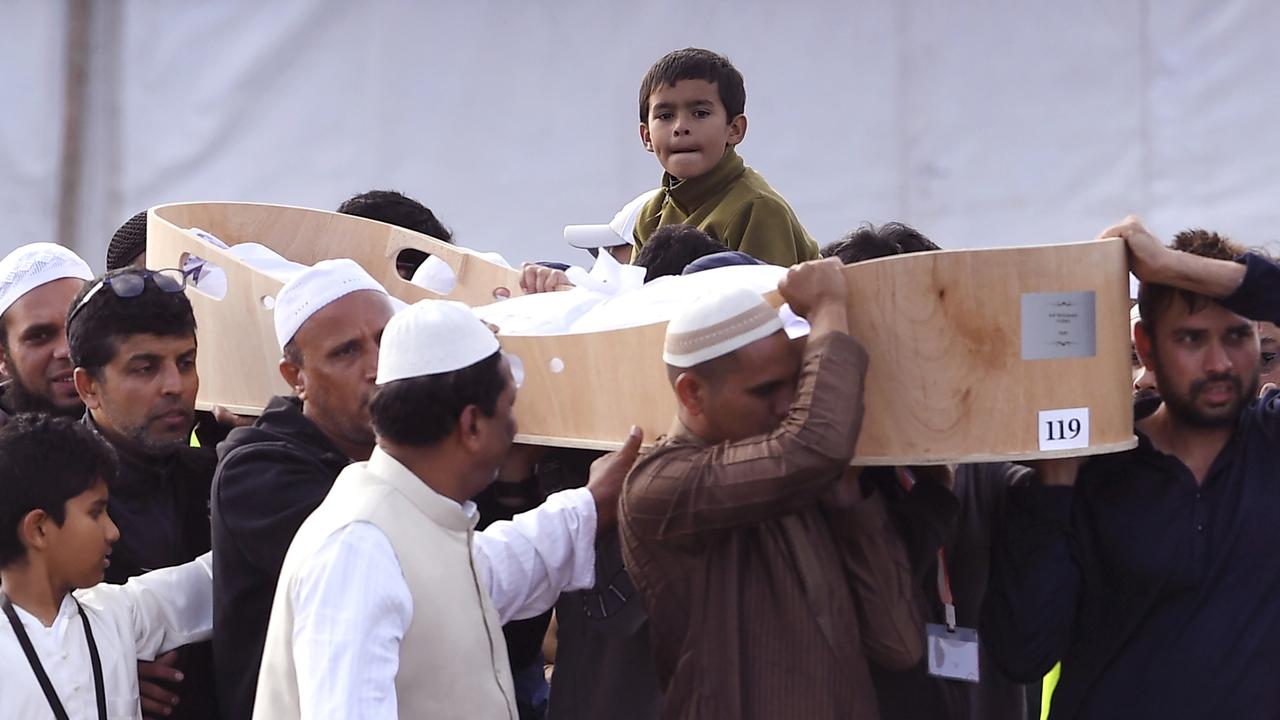The Las Vegas shootings get close to the worst nightmares of Australian counter-terrorism authorities.
We have no idea what Stephen Paddock’s motives were in this case and although ISIS claimed responsibility for the shooting, there is no evidence that it is telling the truth.
But in the technology of fairly low-tech but high-casualty attacks, Las Vegas shows what might be done.
One of the worst-case scenarios modelled by Australian authorities concerns two terrorists, or worse three, all armed with automatic weapons, turning up to a huge multistorey suburban shopping mall. If they each approached a different mall entry at the same time, there would be no way of stopping probably hundreds of deaths.
Paddock showed the devastating consequence of a gunman in an elevated position, overlooking a crowd, with multiple automatic weapons and a couple of vantage points to fire from. This created the impression of multiple gunmen firing nearly simultaneously.
The truth is most terrorist attacks in the West have been fairly ad hoc, if not disorganised.
The Manchester bombing, with a well-made bomb placed to kill people as they ran from the stadium, is the most textbook-competent attack in recent months.
The Orlando nightclub attack of 2016, which killed 49 people, was both a gay-hate crime and an act of Islamist terror. The attacker, Omar Mateen, used only a semiautomatic rifle and a semiautomatic pistol. The very high number of deaths arose from the crowded nature of the venue and the difficulty people had getting out of it.
The Las Vegas killings overshadow two definitely ISIS-inspired attacks in the past week. Two women were hacked to death and a policeman attacked at the Marseilles train station in France and there was a stabbing and truck attack in Edmonton, Canada.
The ability of police to respond extremely rapidly with deadly force is a big factor in saving lives in any terrorist attack that continues for more than a minute or two. European and North American police forces are developing almost paramilitary capabilities to address this.
It was this thinking that lay behind reforms introduced by the Turnbull government to make the Australian Defence Force more readily available in terrorist incidents.
The state-based special operations groups of Australia’s various police forces have such capability in a high degree, but previously have lacked the clear authority to take decisive action in some circumstances.
That has changed as a result of lessons learnt from the Lindt Cafe siege in Sydney.
Nonetheless, it can only be a good thing if state police special operations groups engage in some serious joint training with the ADF’s SAS and the like, especially on very specific questions such as the best way to force entry into a room occupied by armed gunmen, or the best way to approach the chance of a sniper taking out a gunman.
As the Las Vegas case shows us, this can have application in certain purely criminal situations as well as in terrorist attacks.
Australia owes a great deal to ASIO, the Australian Federal Police and the state-based police forces in having so far avoided a mass-casualty attack on our soil. Several such mass-casualty plots have been foiled.
Australia has a few advantages. First, it is very difficult to obtain automatic weapons in Australia. Importing them, or stealing them from army bases, is a hi-tech operation requiring a lot of organisation and is beyond the capability of most jihadist and potential jihadist cells.
Australia benefits mightily from the gun laws John Howard introduced.
America is a great civilisation but its insane, permissive gun laws are just a huge wrong turn that its society took.
Further, the current grotesque permissiveness towards guns, especially extreme in Nevada, does not represent continuity with American practice over most of the past two centuries.
Throughout the 20th century, well into the second half of that century, gun laws in many parts of the US were far more restrictive than they are today. It was never commonplace for ordinary Americans to carry guns, as it is now becoming commonplace in some areas.
Australia should not get too complacent, however.
There is strong anecdotal evidence that the implementation of our gun laws has weakened over the years. Apart from the difficulty of acquiring deadly weapons, Australia is also fortunate that our networks of potential jihadists are not particularly large or densely located. That means plotters beyond the lone wolf need to engage in some communication with each other. That renders them liable to telephone and email intercept, at which Australian authorities excel.
Similarly, if they are communicating with potential terrorists overseas there is a good chance one of our allies will intercept something and pass the information to Australia, as happened recently when the Brits tipped us off to what could have been the biggest airline attack in Australian history.
American spy Edward Snowden, far from being a civil liberties hero as he is often grotesquely portrayed, has endangered the lives of millions of people by revealing the intercept techniques and capabilities of Western governments.
Sophisticated terrorist cells have adapted their behaviours to take account of the information he disclosed.
Beyond intercepts, our authorities make extensive efforts to gain human intelligence on likely radicalised circles.
Still, none of this — our advantages and our efforts so far — should make us complacent.
The leader of ISIS, Abu Bakr al-Baghdadi, proved that rumours of his demise had been greatly exaggerated when he issued a recent recording in which he called for those inspired by his group to engage in more attacks and killings in the West.
The US generally has a smaller terrorist problem than Europe but it has a much bigger gun problem. The potential for terrorist planning, gun availability, personal psychological problems, criminality and indeed organised crime to interact in deadly ways is evident across the West.
Australia is not remotely immune to such dynamics.




To join the conversation, please log in. Don't have an account? Register
Join the conversation, you are commenting as Logout